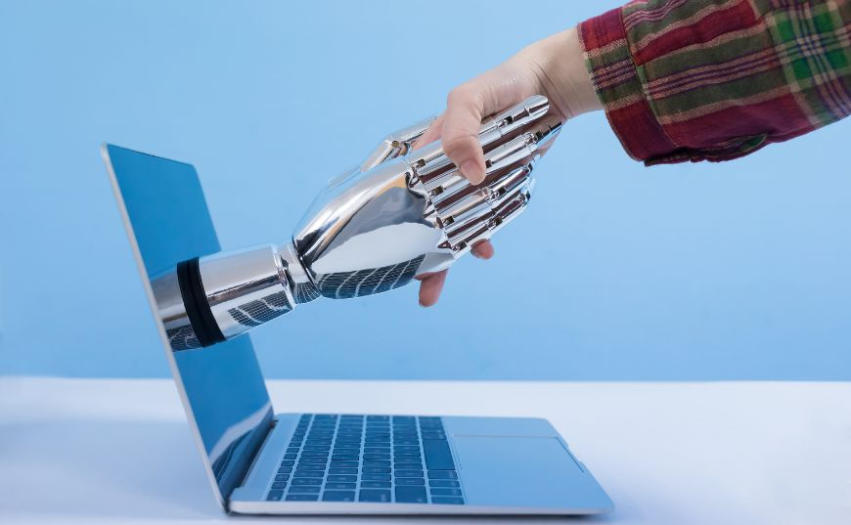News

ESSCA KnowledgeArtificial Intelligence: Will You Be a Saboteur or an Impressionist?
By Gregory Unruh (George Mason University) and Fernanda Arreola (ESSCA)
The rapid adoption of AI in today's organisations leaves workers with two choices: waste their energy in a futile attempt to stop it or support the technology and develop a personal perspective that makes them an asset in this evolution. This should be an easy choice to make!
Throughout history, technological waves have transformed society, challenging individuals to resist or adopt a decision that determines their fate.
For instance, when textile mills spread across Europe in the 18th century, craftsmen rioted against the machines that were displacing them. As a symbol of protest, they threw their wooden "Sabot" shoes into the mechanical workings and became the world's first "saboteurs". Despite their efforts, the machines proliferated, and manual labour was dramatically devalued.
Nearly one hundred years later, in the 19th century, another technology - photography - threatened the livelihoods of classically trained painters. Cameras simplified image reproduction with near-perfect realism and became a menace to the painters exhibiting in Paris salons. For some artists, however, the response was different. Instead of competing with the camera's photorealism, painters leaned into
something the camera did not have - a subjective interpretation that infused their work with emotional depth and personal perspective. By doing so, they gave birth to a new artistic movement: Impressionism.
As history repeats, we must ask ourselves a question. With the advent of Artificial Intelligence in today's organisations, will we react like sabotaging 18th-century craftsmen or like impressionist painters in the 19th century?
Becoming an Impressionist
As professionals, we should all be concerned about optimally positioning ourselves in an era of accelerated technological change. Not only is technology moving faster, but so is our capacity to adapt and use it.
Contemplating the different responses of the 18th and 19th centuries craftspeople is helpful. Remember that both eras faced a common threat: a technology that produced faster and more consistently and could therefore replace what had been the sole domain of skilled workers.
But it is the response to that situation that matters. While saboteurs responded with outrage,
Impressionists recognized the futility of confrontation. This leads us to the first key
difference, dissociation. Impressionists leveraged human abilities beyond the camera's reach; the ability to translate the world of subjective experience onto canvas. Instead of faithfully replicating the objective world, impressionists conveyed their as-lived experience, along with the emotions arising within, to capture the fleeting nature of human perception and existence.
.../...









No comment
Log in to post comment. Log in.